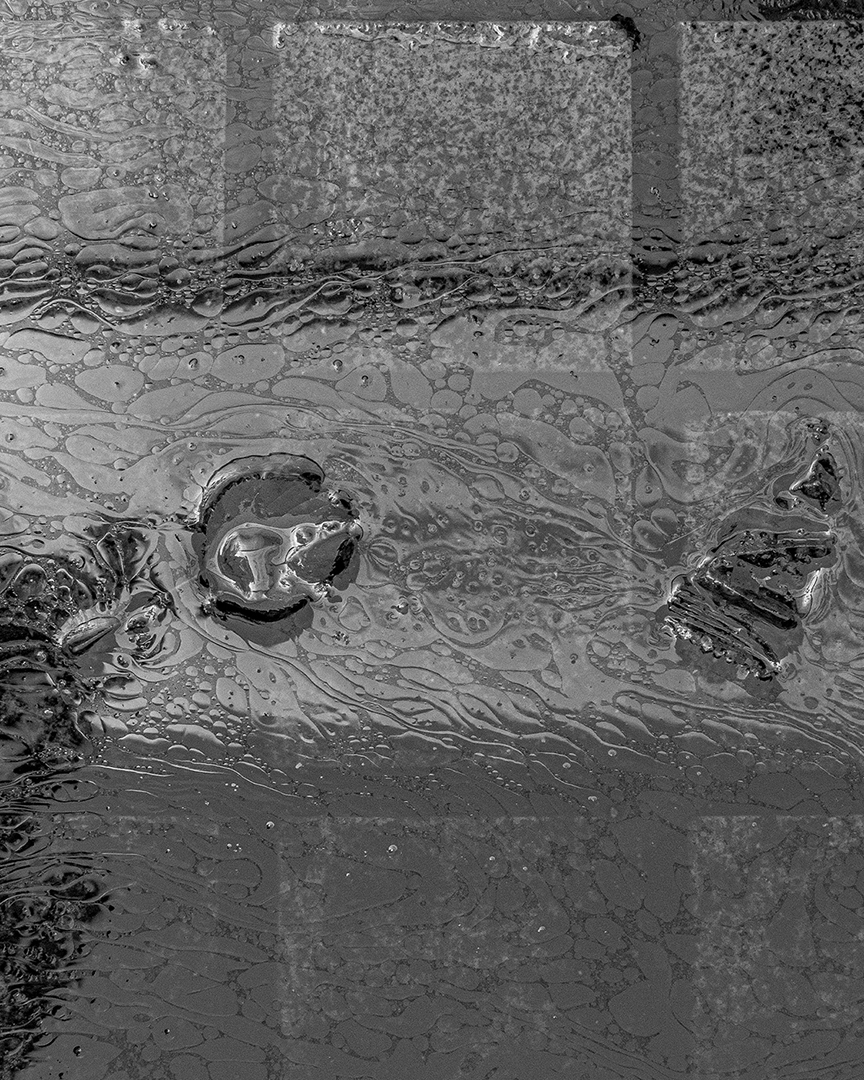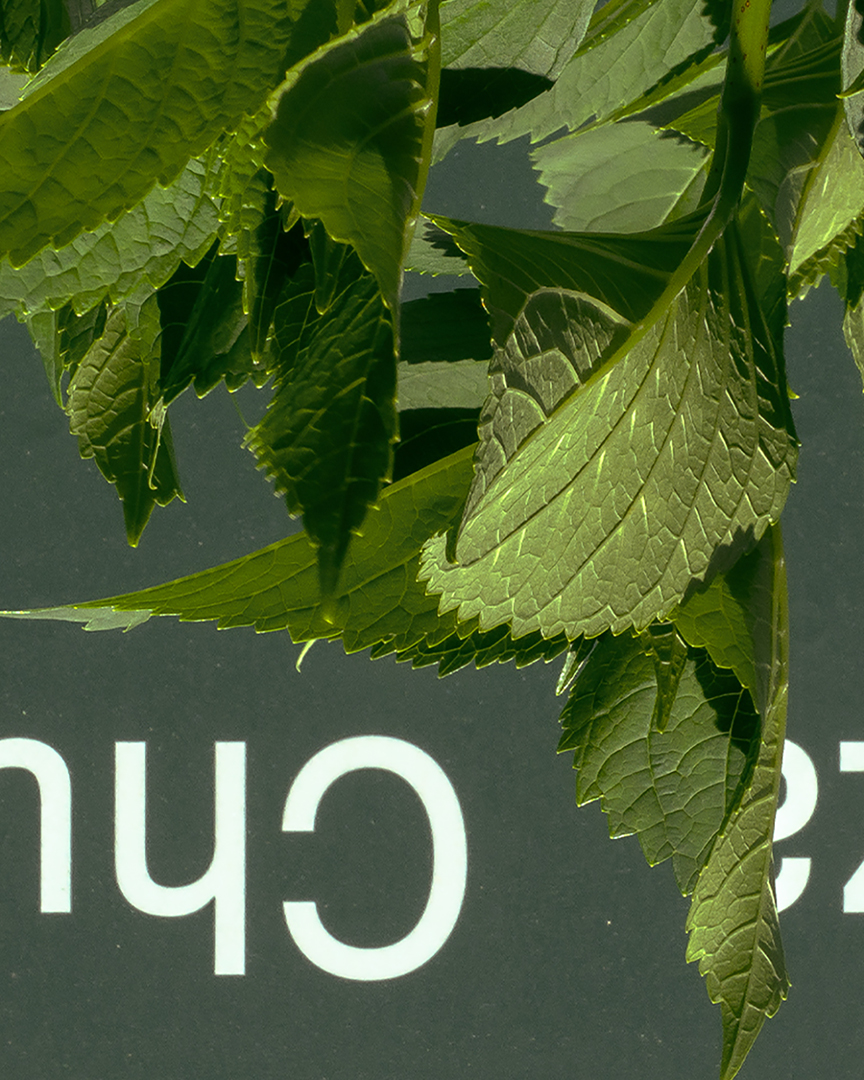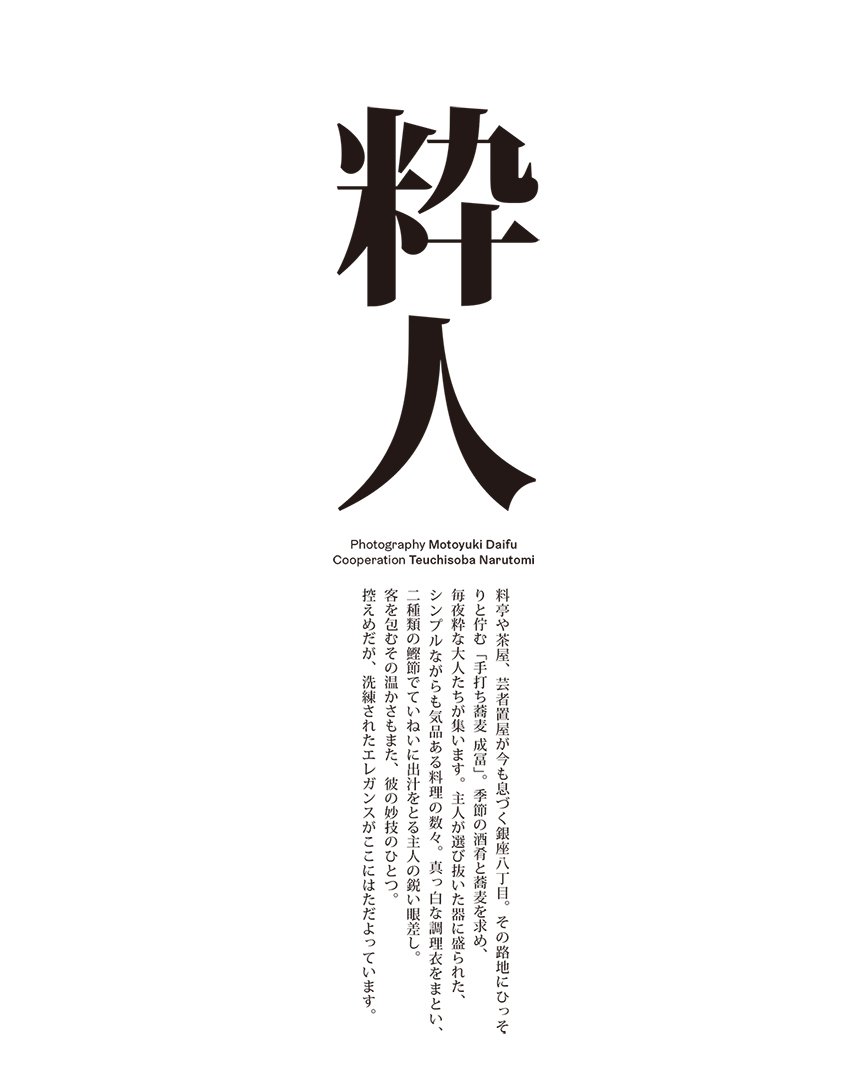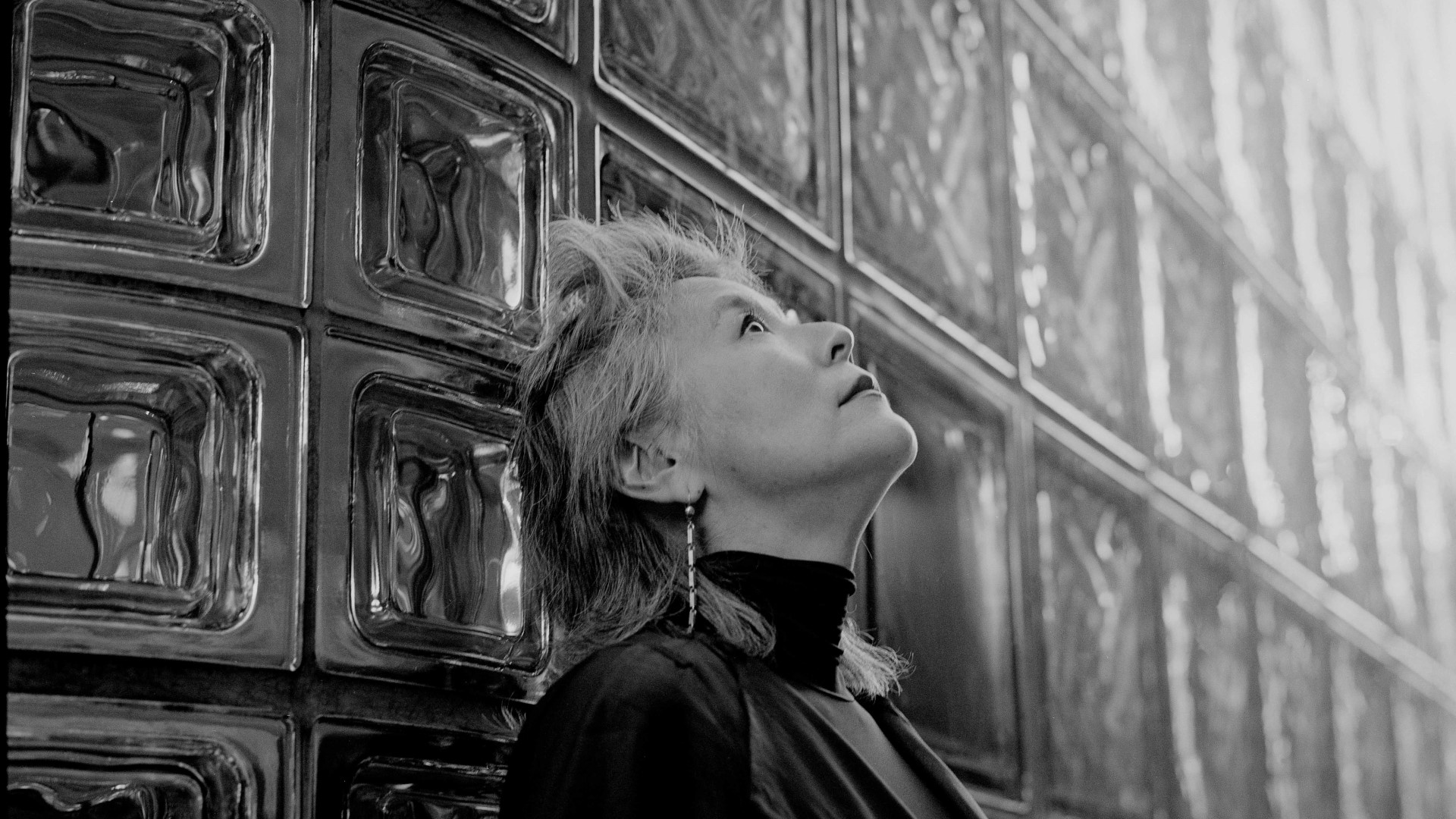
銀座――この魅力的な街は、多くの人々にとって、特別な瞬間や記憶に残る場所となっています。親に手を引かれて足を踏み入れたデパート、マスターのこだわりを感じる喫茶店、初デートで訪れたレストラン。どれもが、この街の独特の雰囲気と結びついています。
連載「銀座・メモワール」では、森岡書店代表、森岡督行さんがナビゲーターとして登場します。多様なゲストが織りなす銀座の豊かな物語を共有し、銀座の多面性とその普遍的な魅力に焦点を当てます。連載を通じて、銀座の隠れた魅力と多彩なストーリーに触れ、新たな価値を一緒に発見しましょう。

連載第2回のゲストは、オランダ・アムステルダムを拠点に活動するアーティストの向井山朋子さんです。ピアニストとして国際的に活躍する傍ら、近年では自ら演出や振付を行う舞台作品やインスタレーションの発表など、多岐にわたる分野で才能を発揮。たった一人の観客のためのコンサートや鑑賞者も参加するパフォーマンスで、音楽ファン・美術ファン双方から大きな注目を集めています。
そんな向井山さんは2019年に銀座メゾンエルメス フォーラムで異色のパフォーマンスを行いました。『ピアニスト」と題されたその展覧会は、立春の日から24日間、演奏曲目や演奏時間も未発表のまま、開演時間が1日1時間ずつズレてゆくというもの。評判は瞬く間に広がり、会期の中頃には、電車のない時間の開演にもかかわらず、会場を埋め尽くすほどの観客が集いました。なかにはカプセルホテルに宿泊して、連日演奏を聴きに来る人もいたのだとか。
当の向井山さんも、会期中は銀座の近くに短期滞在型のマンションを借り、毎日歩いてメゾンエルメスに通っていたそうです。1ヶ月足らずとて、銀座に“住んだ”経験の持ち主はそうそういません。向井山さんはその滞在のなかで、何を見出したのでしょうか。
昨年末、冬晴れの銀座を歩きながら、およそ5年前の銀座暮らしの日々を辿りました。
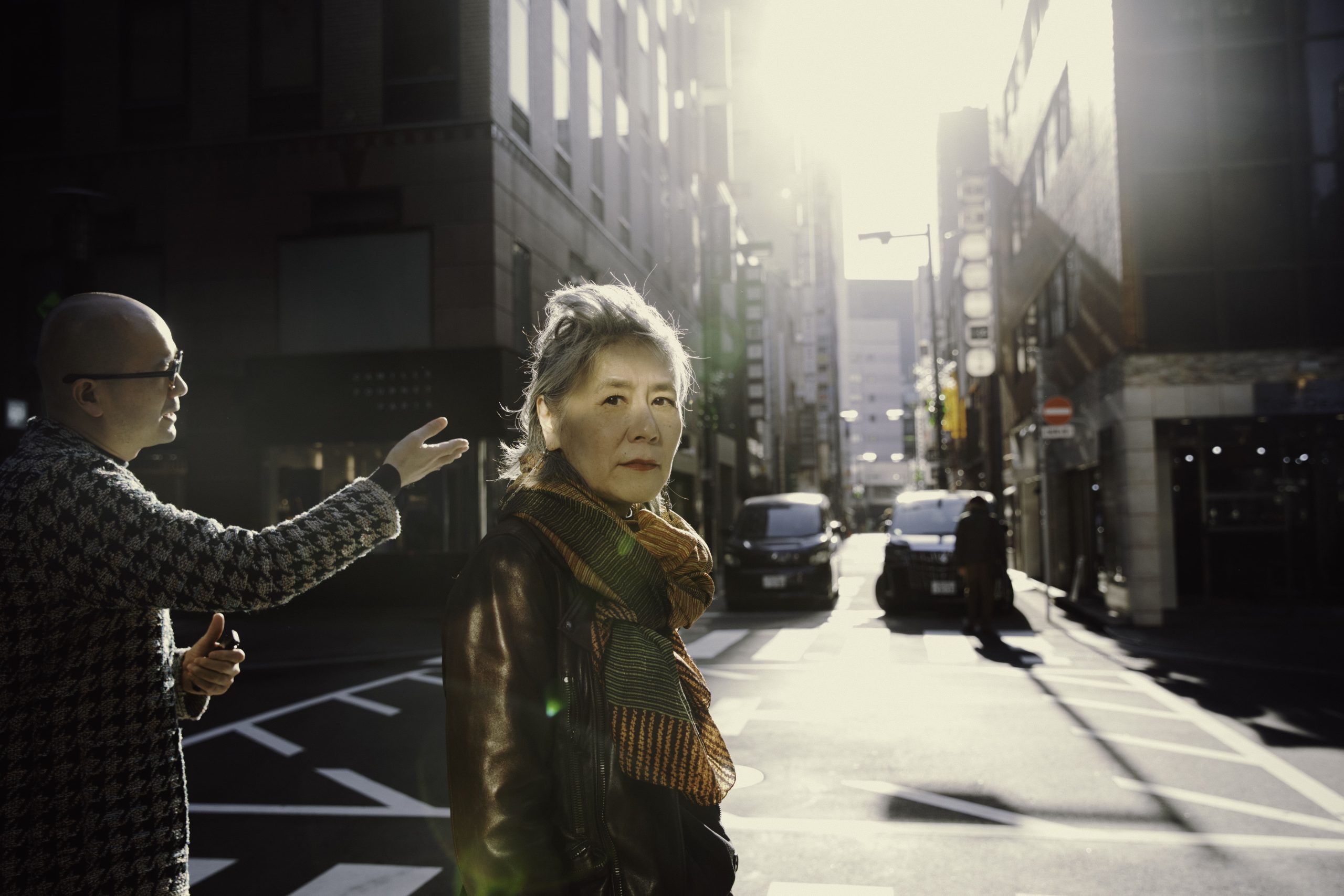
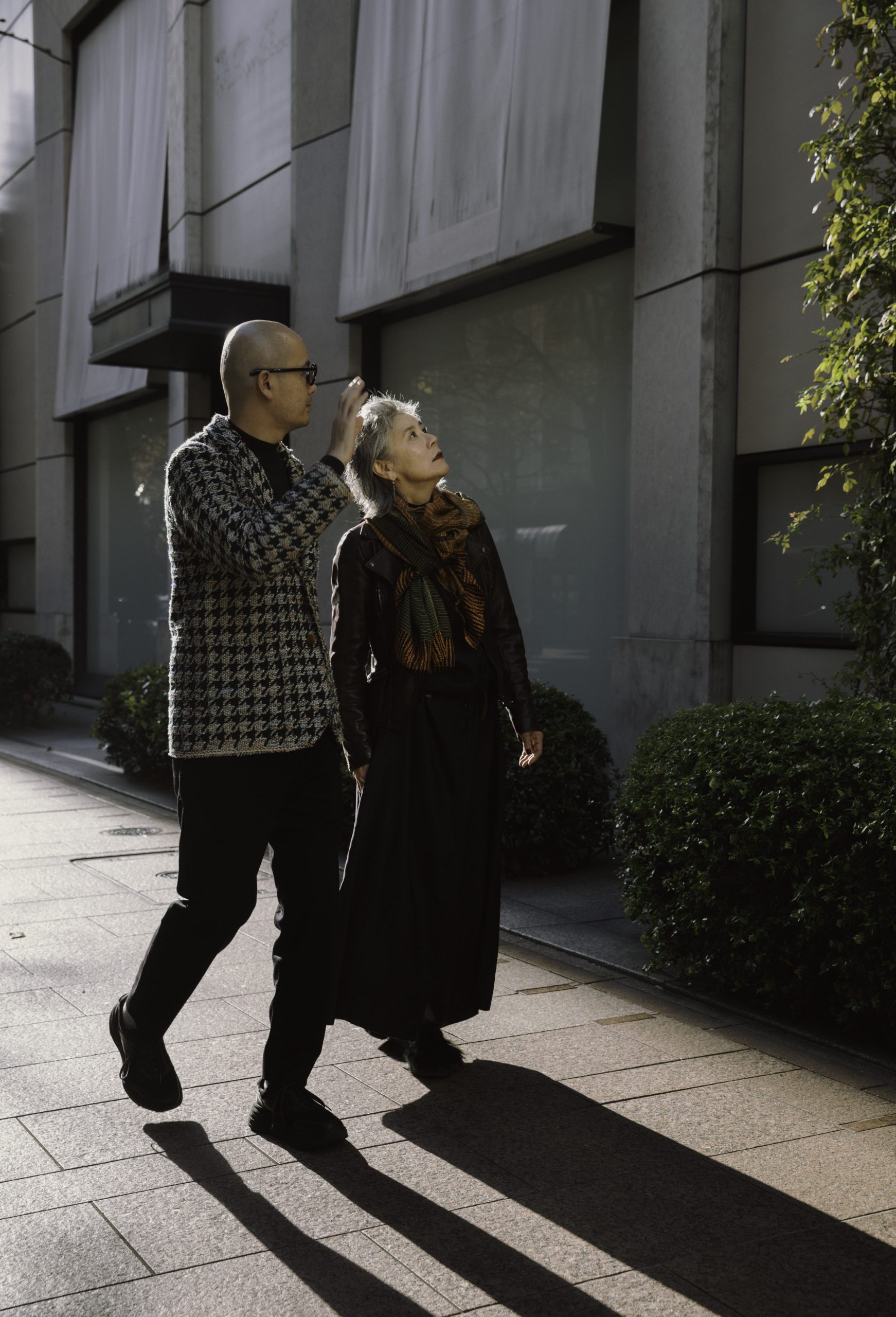
『ピアニスト』から 5年ぶりの銀座散策
森岡 朋子さんは今年(2023年、取材時)、天草や五島、八女など日本各地を回るツアーをされていましたが、演奏なさるときに、その土地土地の人や空間を大切にされていますよね。「パフォーマンスをする場所」という観点から見て、銀座というのはどんな街として映るのか、すごく興味があります。
向井山 『ピアニスト』は銀座でなければ成立しなかったんじゃないかといまだに考えることがあります。銀座という街とそこに集まる人たちのエネルギーがあってこそできた、強いコンセプトの企画です。当時の写真を見ても、よくこんなに集まったなと思います。
森岡 私は夜中の回にお邪魔したんですけども、電車がない時間にもかかわらず、人が大勢集まっていて驚きました。演奏も渦巻きのなかに入っていくような、不思議な体験でした。『ピアニスト』のコンセプトはどんな経緯で決まったんですか?
向井山 エルメス フォーラムのキュレーターの説田礼子さんから「2月の1ヶ月、何かしませんか?」と誘っていただいたんです。はじめは、会場に大きな寝室をつくろうと思っていました。みんなでゴロゴロ横になれるような巨大なベッドを設置して、そこでピアノを演奏するようなイメージです。
森岡 確かに、座って聴く演奏と、ベッドで横になりながら聴く演奏は、聞こえる音が違ってくるのかもしれません。
向井山 ただ、コロナ前とはいえ、洗濯はどうするんだとか衛生上の問題もあり、実施は困難なアイデアでした。それから、もう少しコンセプトとしても強いものにできないかと考えていたときに、「立春の日から始めるのはどうか?」と提案を受けたんです。元々夜中にあの会場でコンサートを開けたらいいなと思っていたこともあり、そのあとはパパパっと決まりました。
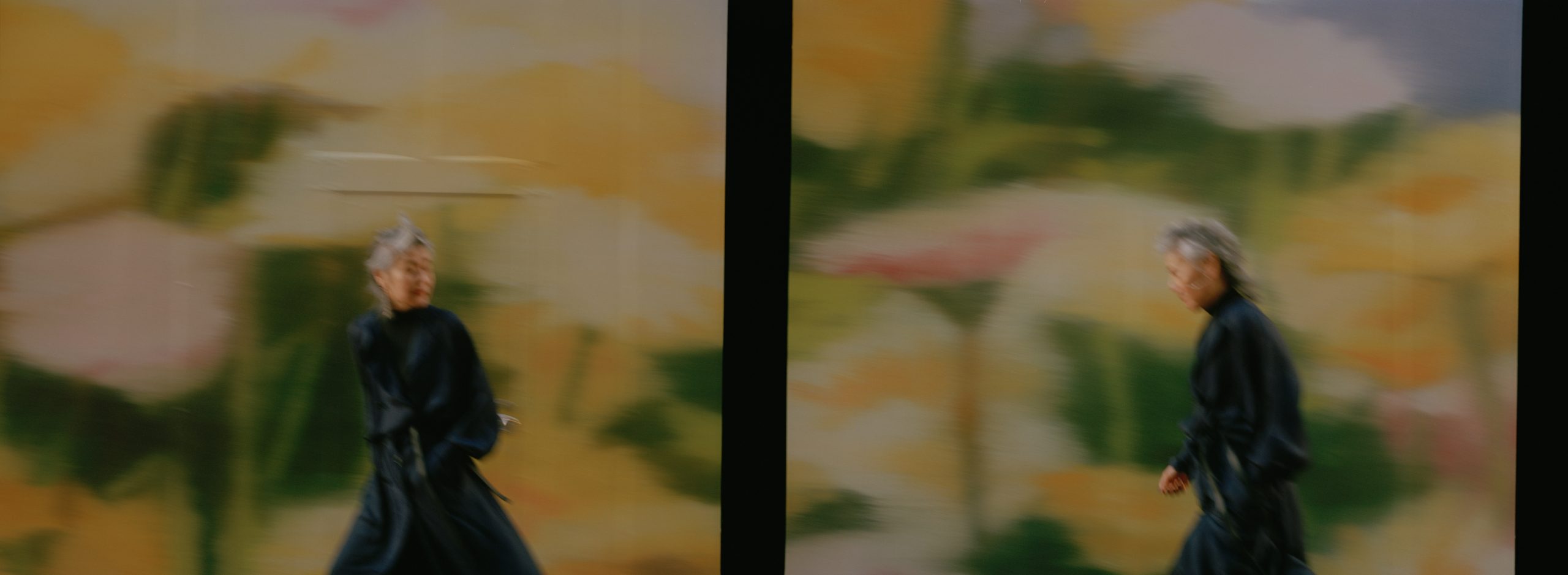
演奏前後の見慣れぬ “会場”を展示する
森岡 それで24日間、1日1時間ずつ公演時間をズラしていく形式に。
向井山 私はよくピアノを使ったパフォーマンスをするんですけど、いつも仕込みがものすごく手間がかかるんです。照明だの、映像だの、10人以上のテクニカルの人たちが前日に会場入りして、本番当日の夕方のリハーサルまでに仕込む。でも、本番が終わってお客さんがはけたら、すぐに撤収してしまうんです。まっさらな状態に。そうしないとスタッフも帰れないから仕方ないんですけど、それが本当にさびしいんです。会場には普段観客が見ることのない、裏の顔があるんですね。じゃあ、その公演が終わったあとの空間は何をしているのか。
森岡 『ピアニスト』はパフォーマンスの前後も会場を堪能できるような展示構成になっていました。
向井山 海外の大きな音楽ホールには、公演が終わると一脚のランプが置かれるところがあると聞いたことがあります。人がいなくなってからもランプが灯台のように会場を照らしているそうです。公演というと19時から21時までが一般的ですけど、『ピアニスト』ではそれをズラしていくことで、普段とは違う会場の表情をお客さんに見てもらえないかと考えました。
森岡 なるほど、見えない会場の表情があるというのは演奏者ならではの視点ですね。
向井山 私自身、練習のために公演が終わってからもけっこう会場にいました。これはエルメス フォーラムに限ったことですけど、太陽の光の入り方によって展示空間の雰囲気が刻一刻と変わっていきますよね。
森岡 2019年はちょうどソニービルの跡地が、いわゆる公園のような場所になっていた頃でした。
向井山 今日久しぶりに行きましたけど、やっぱりレンゾ・ピアノ設計のビルは素晴らしいですね。今思うと、真空か何かが人もエネルギーもあの会場に吸い上げていたように思います。
森岡 あの場所はもともとセイコー(服部時計店)の土地で、それをエルメスに譲るという判断があったのではないかと想像します。すごいですよね。銀座に資することをセイコーがしたという気もします。
向井山 夜の11時かなんかになると、銀座の街灯が一斉に消えるんです。その時間はすごく印象に残ってます。そこからパチッと、野性的な顔に切り替わるというか。 銀座には住んでいる人がほとんどいないですよね。だから夜、電車がなくなってからは違う風景が見えてくる。
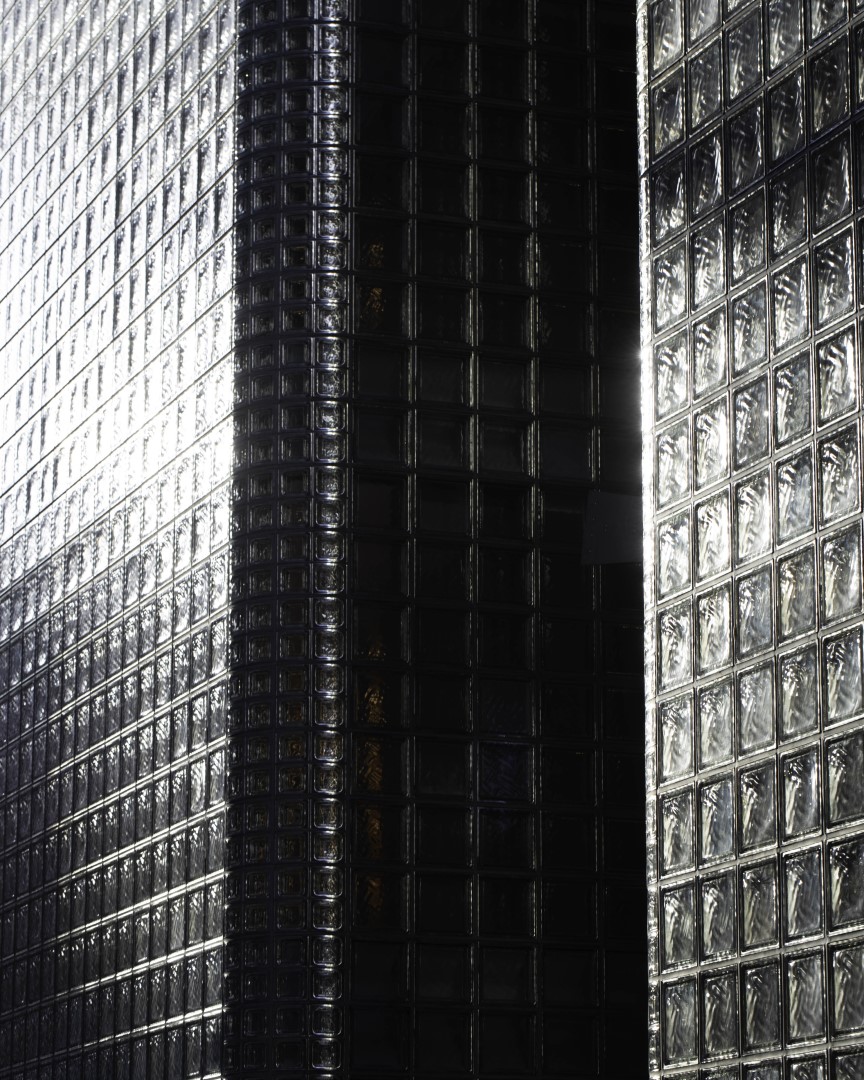
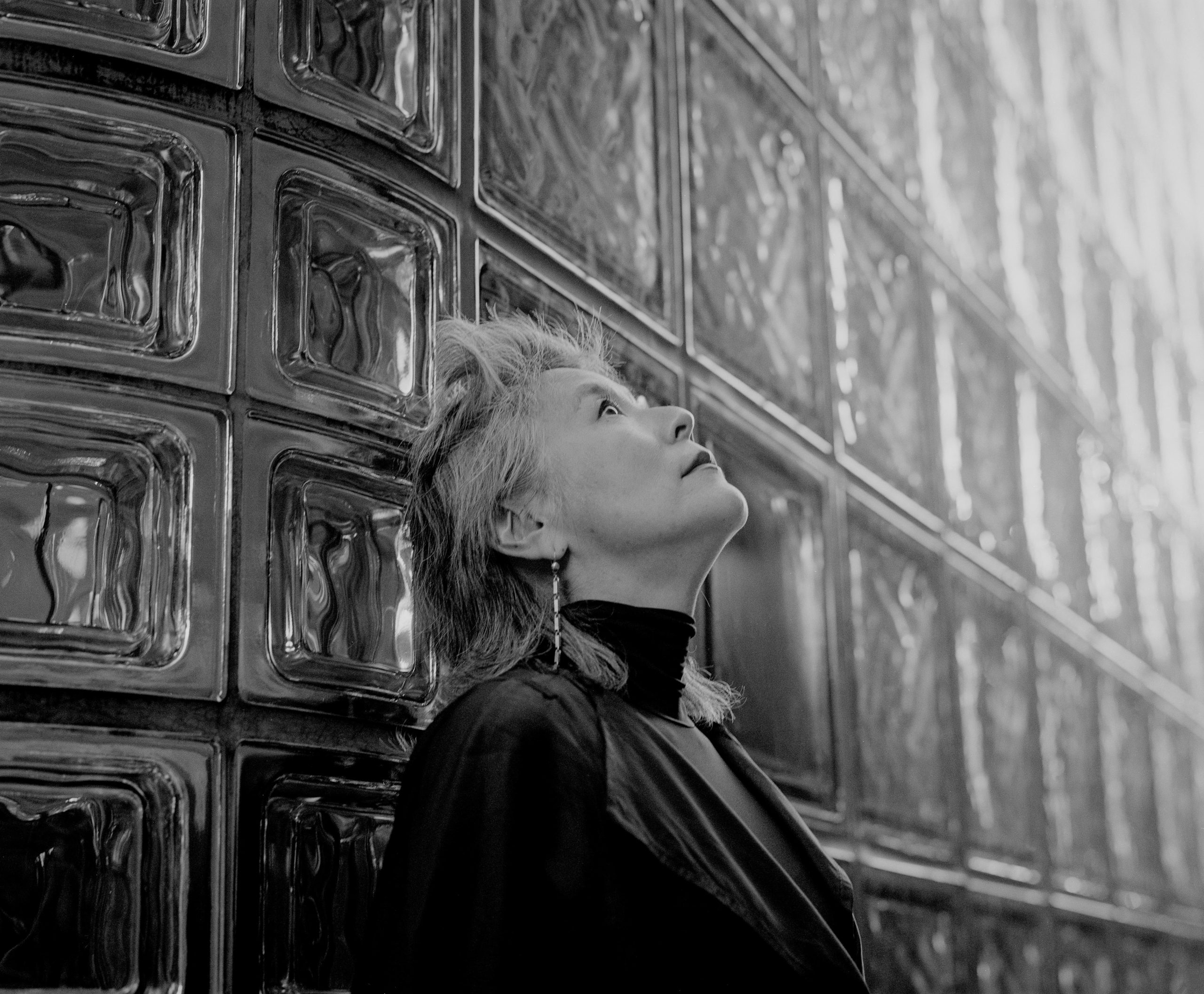
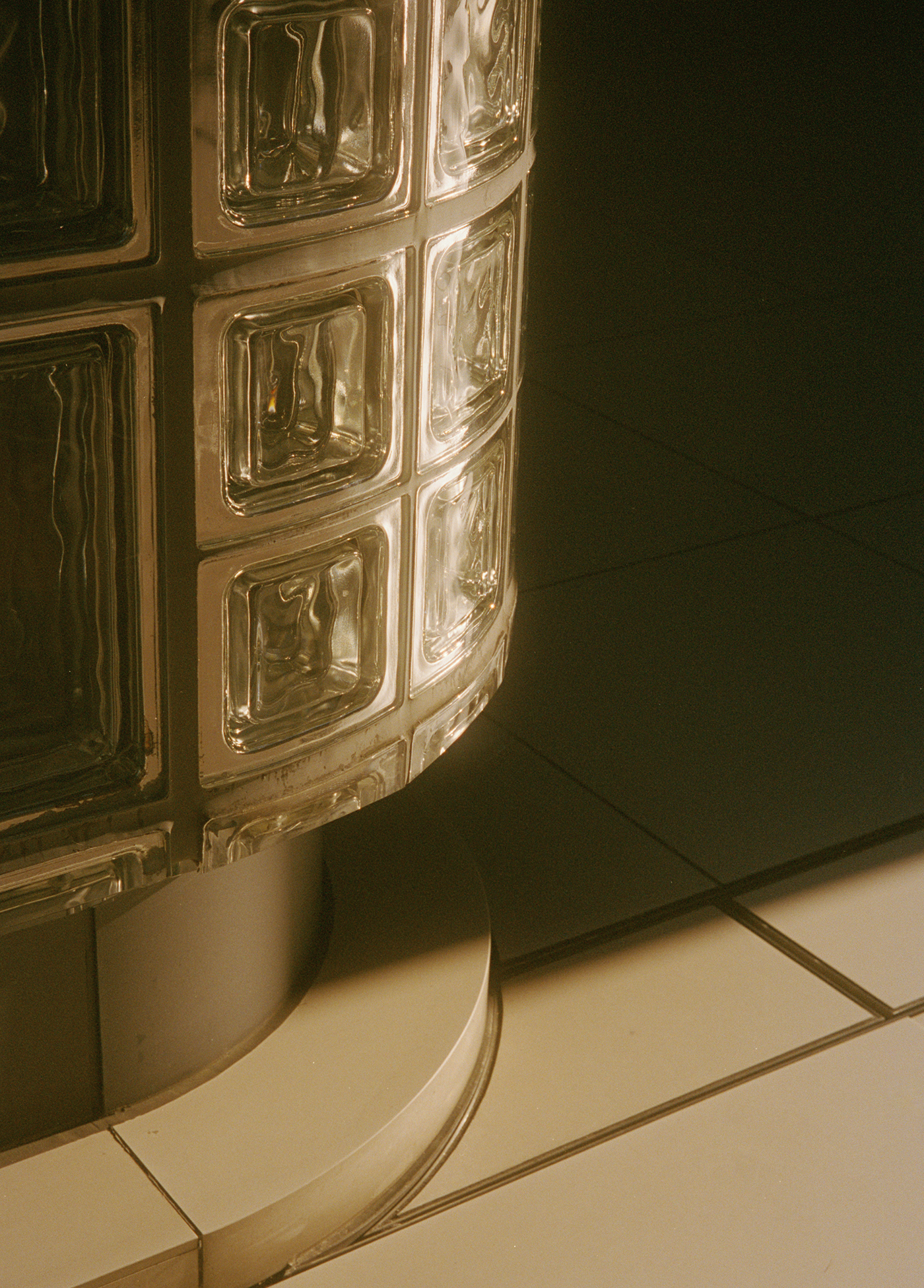
深夜にのぞく、 銀座の野性
森岡 『ピアニスト』は午前2時とか明け方の午前4時から演奏することもありました。そうすると、帰る時間帯は誰もいない街になりますよね。
向井山 何もいないだけじゃなくって、夜が深くなると“欲望の残骸”がいっぱいあるんです。つまりゴミがすごいんですよ。飲食店が多いから。朝方に演奏するときだったのかな。真っ暗な銀座をエルメスに向かって歩いていたんです。数時間後にピアノを弾くわけなので、今から気持ちを高めようとしている状況です。それで、真っ暗なゴミだらけの通りを歩いていると、すっごい大きなネズミがバーッと走っていって。あのときは、私どこにいるんだろうと思いました。銀座の裏の顔を見ちゃったなと。
森岡 銀座の野性的な部分とでも言えますでしょうか。遭遇したらびっくりしますよね。
向井山 そう、野性の側面です。エルメスで夜中に演奏したときは、何日かすごい酔っ払った方がやってきたこともありました。ピアノを弾いているのに、私にいろいろ話しかけてくるんです(笑)。
森岡 きっと、何かの想いが込み上げてきて、歯止めが利かなくなってしまったのですね。
向井山 なかなか野性的でしょう(笑)? でも、それを受け入れるくらいエルメス フォーラムはインクルーシブでした。普段私のパフォーマンスに来てくださる観客のなかには、エルメスは敷居が高いと言って入るのを躊躇する人もいたのですが、その方たちも心地よい時間を過ごしたようでした。夜は気温が下がるので毛布が貸し出されていて、寝に来る人もいました。ガーガーいびきをかきながら寝ている人もいれば、酔っ払っている人もいて。なかにはすっかり眠り込んでオナラをする人も(笑)。
森岡 奇しくも「展示空間を寝室にする」という初期のアイデアが実現したわけですね。
向井山 そうですね。すごく温かい空間でした。
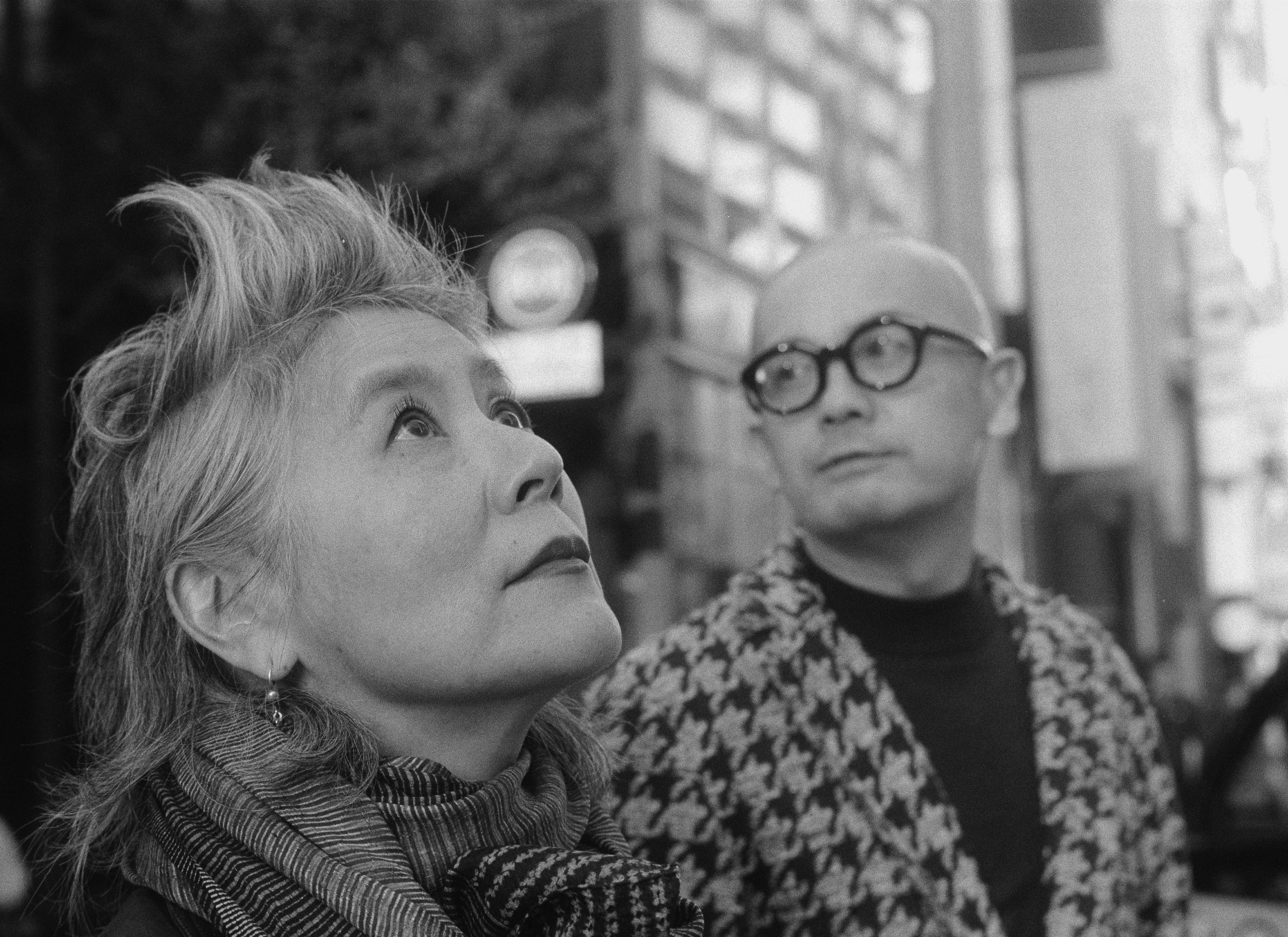
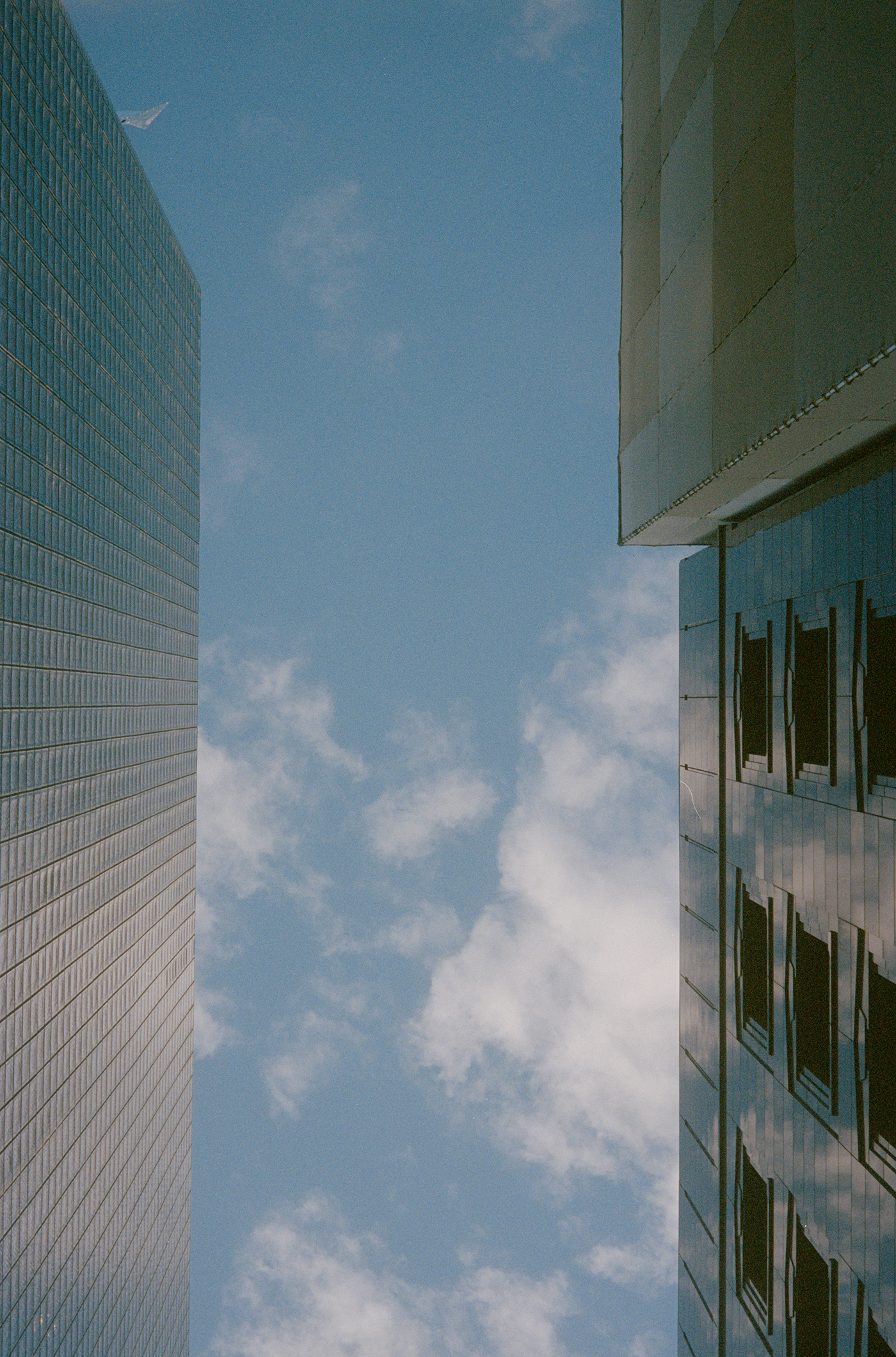
向井山朋子
オランダ、アムステルダム在住。2007年、向井山朋子ファンデーションをオランダに設立。1991年国際ガウデアムス演奏家コンクールに日本人ピアニストとして初めて優勝、村松賞受賞。また、近年は従来の形式にとらわれない舞台芸術やインスタレーション作品を発表。2015年には日本で一般社団法人○+(マルタス)を設立し、プロデュースの分野でも活躍。音楽のみならず、美術、建築、ファッション、ダンス、写真など、幅広い分野とのコラボレーションにより、自身の表現を続ける。近年の発表作品に、コンサート&ビジュアルインスタレーション『KUMANO』(2021)、コンサート『Love Song』(2022)、インスタレーション・パフォーマンス『figurante』(2023年)などがある。デビュー・アルバム『Women Composers』のリマスター盤が発売中。森岡督行
1974年山形県生まれ。森岡書店代表。文筆家。『800日間銀座一周』(文春文庫)、『ショートケーキを許す』(雷鳥社)など著書多数。
キュレーターとしても活動し、聖心女子大学と共同した展示シリーズの第二期となる「子どもと放射線」を、2023年10月30日から2024年4月22日まで開催する。
https://www.instagram.com/moriokashoten/?hl=ja平岩壮悟
編集者/ライター
1990年、岐阜県高山市生まれ。フリーランス編集/ライターとして文芸誌、カルチャー誌、ファッション誌に寄稿するほか、オクテイヴィア・E・バトラー『血を分けた子ども』(藤井光訳、河出書房新社)をはじめとした書籍の企画・編集に携わる。訳書にヴァージル・アブロー『ダイアローグ』(アダチプレス)。
https://www.instagram.com/sogohiraiwa/ナタリー・カンタクシーノ
フォトグラファー
スウェーデン・ストックホルム出身のフォトグラファー。東京で日本文化や写真技術を学び、ファッションからドキュメンタリー、ライフスタイルのジャンルで活躍。
https://www.instagram.com/nanorie/ヘアメイク/砂川 恵子(資生堂)
Ginza Memoir #2 Tomoko Mukaiyama, Part 1 “Wildness in Ginza”
2024.10.17
Text/Sogo Hiraiwa
Photography/Nathalie Cantacuzino
Ginza – This charming city is home to special moments and memories for many people. The department store you walked into with your parents’ help, the coffee shop where you could feel the master’s special attention to detail, the restaurant you visited on your first date. All are tied to the city’s unique atmosphere.
In the series “Ginza Memoir”, Morioka Shoten’s representative, Noriyuki Morioka, will appear as a navigator. A diverse group of guests will share Ginza’s rich stories, highlighting Ginza’s multifaceted nature and its universal appeal. Through this series, let’s come into contact with Ginza’s hidden charms and diverse stories, and discover new values together.
Our second guest is Tomoko Mukaiyama, an artist based in Amsterdam, Netherlands. In addition to being active internationally as a pianist, in recent years he has demonstrated his talent in a wide range of fields, including presenting stage works and installations that he himself directs and choreographs. Concerts for just one audience, as well as performances in which viewers can also participate, attract a lot of attention from both music and art fans.
Ms.Mukaiyama gave a unique performance at the Ginza Maison Hermès Forum in 2019. The exhibition, titled “The Pianist”, will be held for 24 days starting on the first day of spring, with the opening times shifting by one hour each day, with the songs and performance times unannounced. Word of mouth quickly spread, and by the middle of the exhibition period, a crowd had gathered to fill the venue, even though the show started at a time when there were no trains. Some people even stayed in capsule hotels and came to listen to the performances every day.
At the end of last year, while walking through Ginza on a sunny winter day, I retraced my life in Ginza about five years ago.
Strolling around Ginza for the first time in 5 years since “The Pianist”
Morioka: This year (2023, at the time of interview), Tomoko-san was on tour around various parts of Japan, including Amakusa, Goto, and Yame, and when she performs, she values the people and spaces of the area. Right. I’m really interested in seeing what kind of city Ginza is from the perspective of a “place for performances.”
Mukaiyama: I still sometimes think that “The Pianist” would not have been possible if it had not been in Ginza. This is a project with a strong concept that was made possible by the energy of the city of Ginza and the people who gather there. Looking at photos from that time, I can see how many people gathered there.
Morioka: I went to the show in the middle of the night, and I was surprised to see so many people gathered even though there were no trains. The performance was a strange experience, as if I was going into a whirlpool. How did you come up with the concept for “The Pianist”?
Mukaiyama Hermes Forum curator Reiko Serida invited me and said, “Would you like to do something for the month of February?” At first, I was thinking of building a large bedroom at the venue. The idea is to set up a huge bed where everyone can lie down and play the piano on it.
Morioka: It’s true that the sound you hear may be different when you listen to a performance while sitting and when you listen to a performance while lying in bed.
Mukaiyama: However, even before the coronavirus, there were hygiene issues such as how to do laundry, so it was a difficult idea to implement. Then, when I was thinking about making the concept a little stronger, I received a suggestion: “Why not start with the first day of spring?” I had originally thought that it would be great to hold a concert at that venue in the middle of the night, and after that, it was decided all at once.
Exhibiting an unfamiliar “venue” before and after the performance
Morioka: So we decided to shift the performance time by one hour a day for 24 days.
Mukaiyama: I often perform using the piano, but it always takes a lot of time to prepare. More than 10 technical people arrive at the venue the day before to prepare lighting, video, and other items by the evening rehearsal on the day of the performance.However, as soon as the performance is over and the audience has finished, the space is quickly evacuated. In a clean state. If we don’t do that, our staff won’t be able to go home, so we have no choice but to do so, which is really lonely. There’s a hidden side to the venue that the audience doesn’t usually see. So what do you do with the space after the performance?
Morioka: The exhibition for ”The Pianist” was designed so that you could fully enjoy the venue before and after the performance.
Mukaiyama: I’ve heard that in some large music halls overseas, a single lamp is placed after a performance. Even after the people are gone, the lamps continue to illuminate the venue like a lighthouse. Performances are generally held from 7:00 PM to 9:00 PM, but for “The Pianist” we thought that by shifting that time, we could give the audience a different look at the venue than usual.
Morioka: I see. It’s a performer’s unique perspective that there are invisible expressions in the venue.
Mukaiyama: I myself stayed at the venue quite a bit after the performance to practice. This only applies to the Hermès Forum, but the atmosphere of the exhibition space changes from moment to moment depending on how the sunlight enters.
Morioka: In 2019, the site of the Sony Building was turning into a park-like area.
Mukaiyama: I went there today for the first time in a while, and the building designed by Renzo Piano is amazing. Now that I think about it, I feel like a vacuum or something was sucking all the people and energy into that venue.
Morioka: That place was originally Seiko (Hattori Watch Store) land, and I imagine that the decision was made to give it to Hermès. That’s amazing. I feel that Seiko has done something that will contribute to Ginza.
Mukaiyama: Around 11 p.m., all the street lights in Ginza go out all at once. That time left a deep impression on me. From there, his face suddenly changes to a wild one. There are very few people living in Ginza. So at night, when the trains are gone, a different landscape appears.
Peeking into the wildness of Ginza late at night
Morioka: “The Pianist” sometimes played as early as 2 a.m. or as early as 4 a.m. If you do that, you’ll end up in an empty town by the time you return.
Mukaiyama: It’s not just that there’s nothing there, but as the night gets deeper, there are a lot of “remains of desire”. In other words, there is a lot of garbage. Because there are many restaurants. I think it was when we played in the early morning. I was walking through pitch-black Ginza toward Hermes. I’m going to play the piano in a few hours, so I’m trying to get motivated now. So, as I was walking down a pitch-black street full of garbage, a huge rat suddenly ran towards me. At that time, I wondered where I was. I think I saw the face behind Ginza.
Morioka: You could say it’s the wild side of Ginza. You’d be surprised if you encountered it.
Mukaiyama: Yes, it’s the wild side. When we performed at Hermès in the middle of the night, there were some days when people came in who were really drunk. Even though I’m playing the piano, he keeps talking to me. lol
Morioka: I’m sure some kind of feelings were welling up in him and he couldn’t control himself.
Mukaiyama: It’s quite wild, isn’t it?lol But the Hermès Forum was inclusive enough to accept that. Among the audience members who usually come to my performances, there were some who hesitated to enter Hermès because they thought it was too difficult to enter, but they also seemed to have a pleasant time. As the temperature drops at night, blankets were lent out and some people came to sleep. Some people were sleeping, snoring loudly, and some were drunk. Some people even fall asleep and fart.lol
Morioka: Strangely enough, your initial idea of ”turning the exhibition space into a bedroom” came to fruition.
Mukaiyama: That’s right. It was a very warm space.
Tomoko Mukaiyama
Lives in Amsterdam, Netherlands. In 2007, she established the Tomoko Mukaiyama Foundation in the Netherlands. In 1991, he became the first Japanese pianist to win the International Gaudeamus Competition and was awarded the Muramatsu Prize. In recent years, he has also released performing arts and installation works that are not bound by traditional formats.In 2015, he established the general incorporated association ○+ (MALTAS) in Japan, and is also active in the production field. He continues to express himself through collaborations with a wide range of fields, including not only music but also art, architecture, fashion, dance, and photography. Recent works include the concert and visual installation “KUMANO” (2021), the concert “Love Song” (2022), and the installation performance “figurante” (2023). A remastered version of their debut album “Women Composers” is now on sale.Yoshiyuki Morioka
Born in Yamagata Prefecture in 1974. Representative of Morioka Shoten. Writer. He has written many books, including “800 Days Around Ginza” (Bunshun Bunko) and “I Forgive Shortcakes” (Raichousha).
She also works as a curator and will hold the second phase of the exhibition series, “Children and Radiation,” in collaboration with University of the Sacred Heart, from October 30, 2023 to April 22, 2024.
https://www.instagram.com/moriokashoten/?hl=jaSogo Hiraiwa
Editor/Writer
Born in 1990 in Takayama City, Gifu Prefecture. In addition to contributing to literary, culture, and fashion magazines as a freelance editor/writer, he also plans and edits books such as Octavia E. Butler’s “Children of Blood” (translated by Hikaru Fujii, published by Kawade Shobo Shinsha). Involved in Translated by Virgil Abloh “Dialogue” (Adachi Press)
https://www.instagram.com/sogohiraiwa/Nathalie Cantacuzino
Photographer from Stockholm, Sweden. Studied Japanese culture and photography techniques in Tokyo, and is active in genres ranging from fashion to documentary and lifestyle.
https://www.instagram.com/nanorie/Hair&Makeup / Keiko Sunakawa(SHISEIDO)

